James Webb Space Telescope reveals big surprise that blindsided Hubble Telescope
The image captured by the NASA James Webb Space Telescope has revealed a a big stellar surprise in the Southern Ring Nebula.
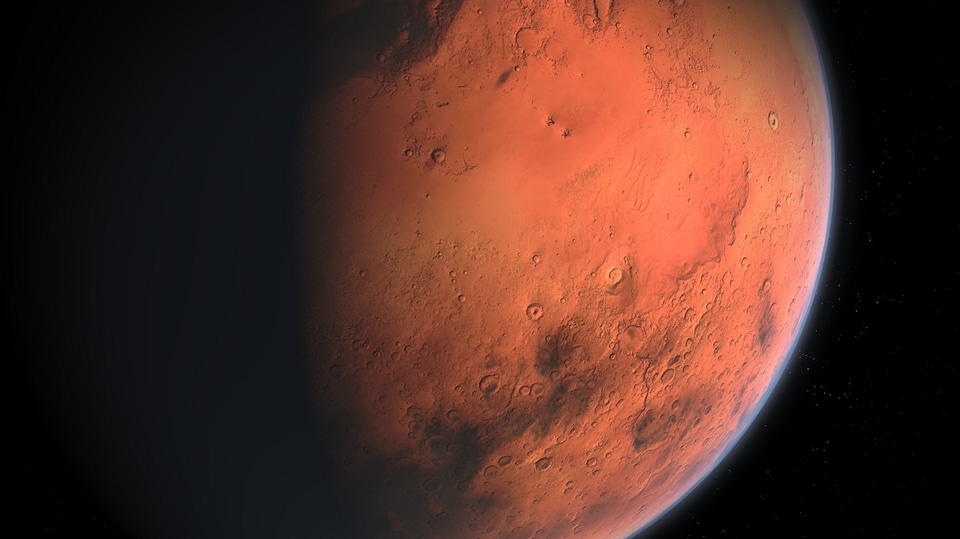
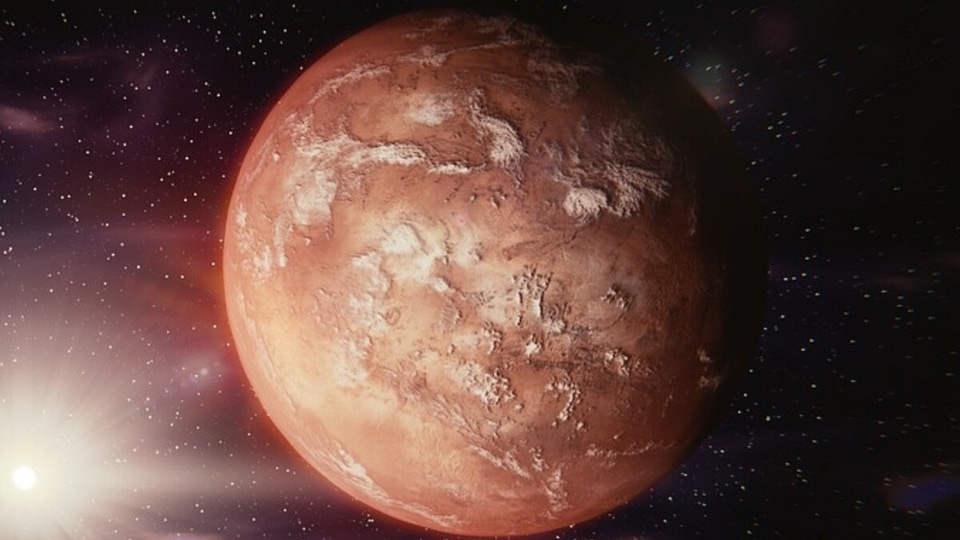
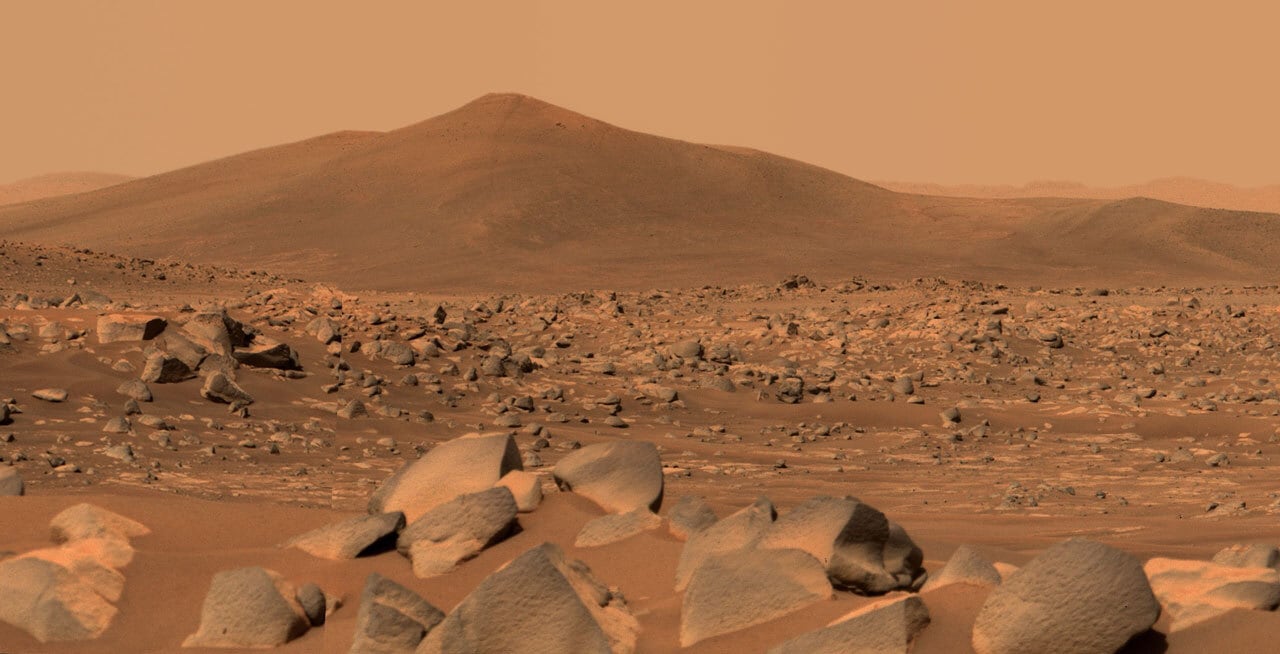
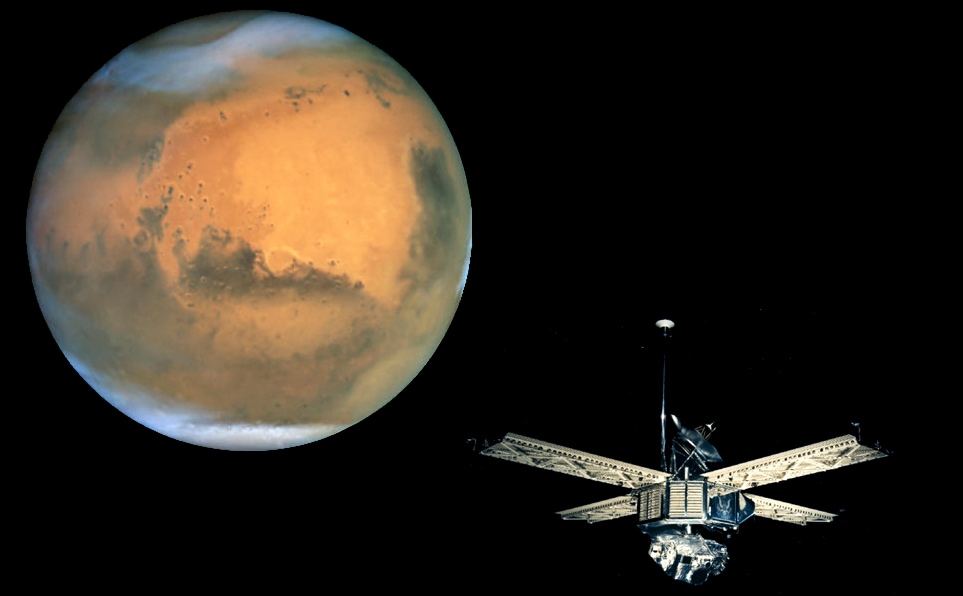
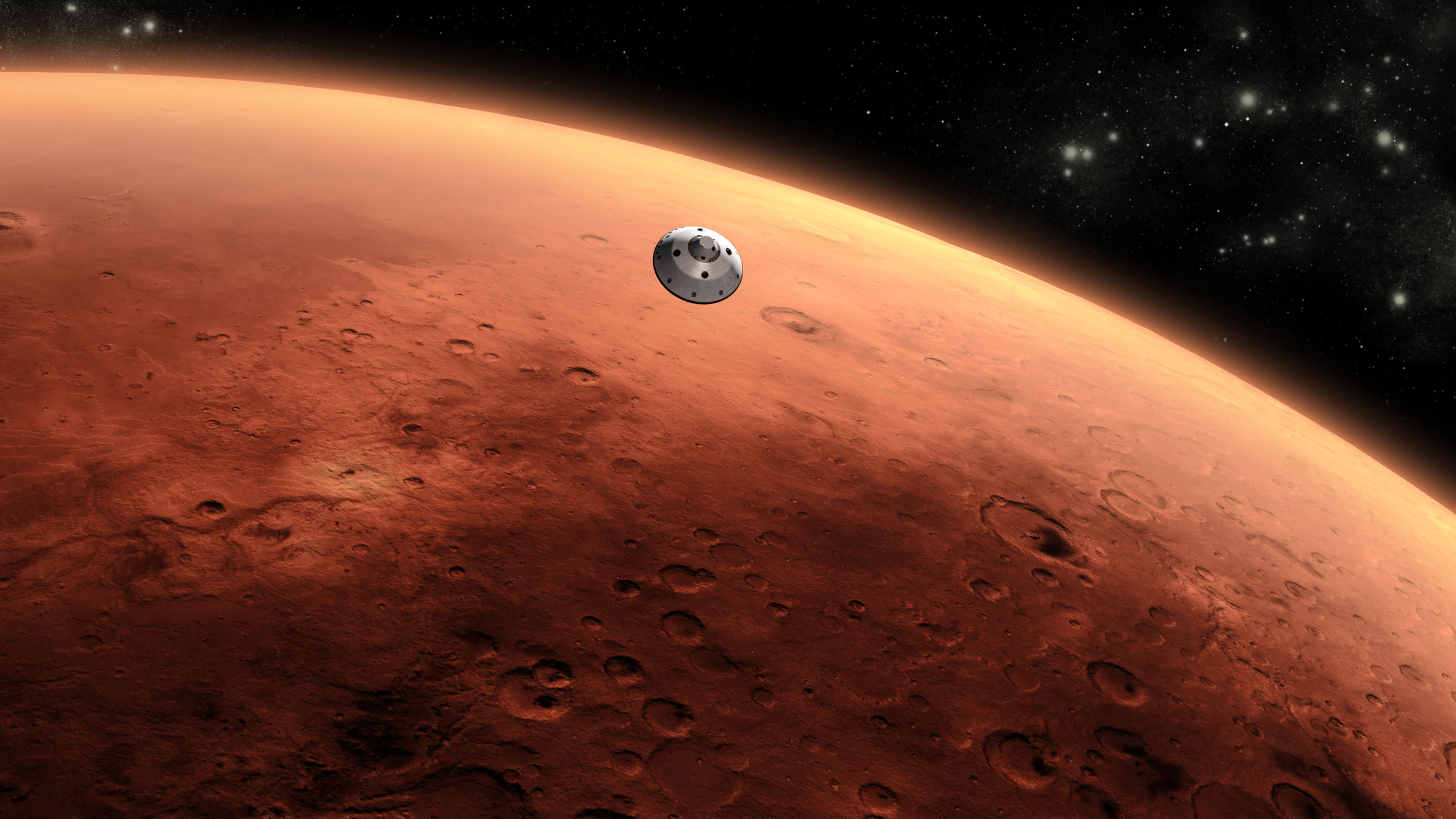
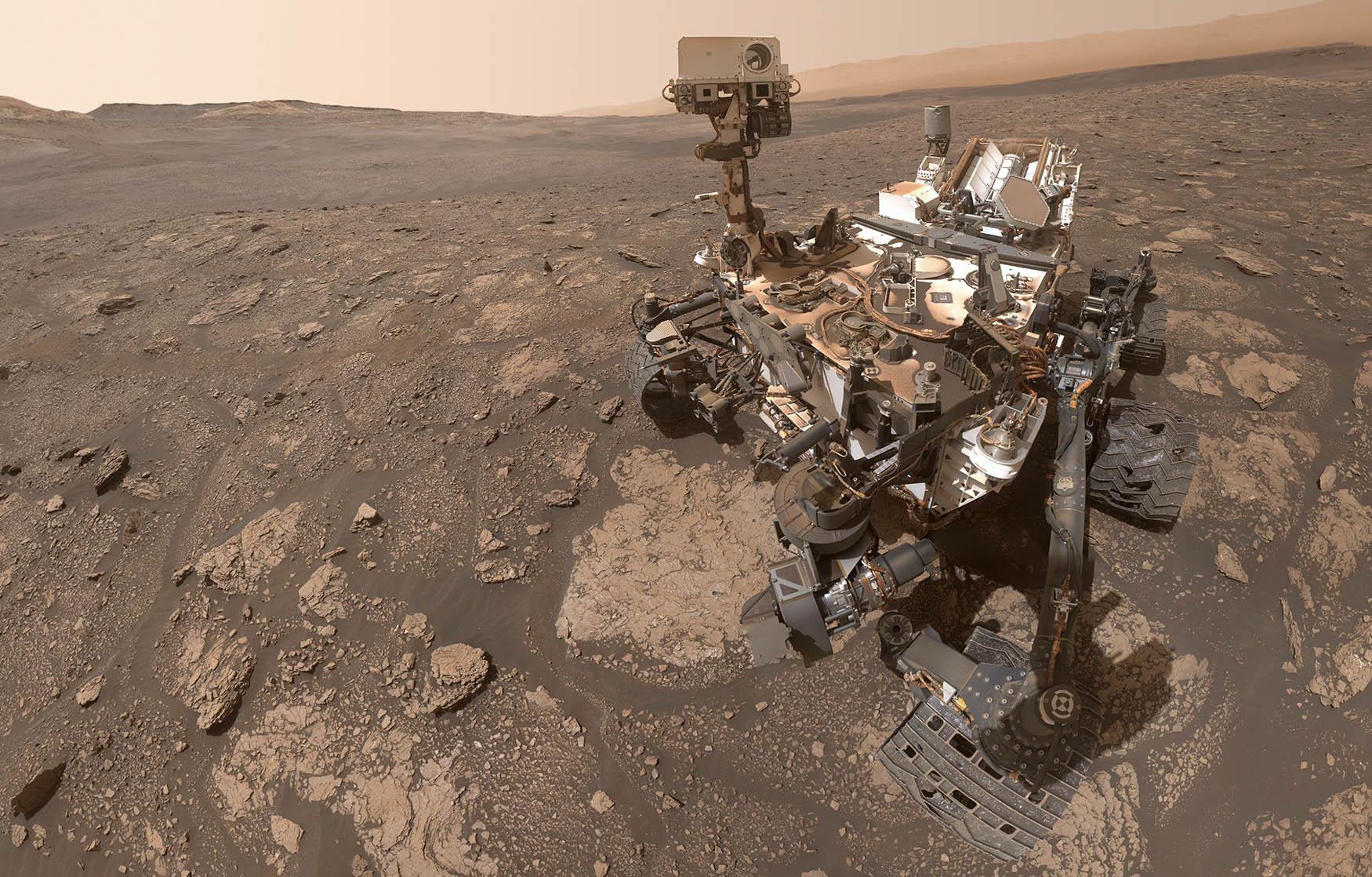
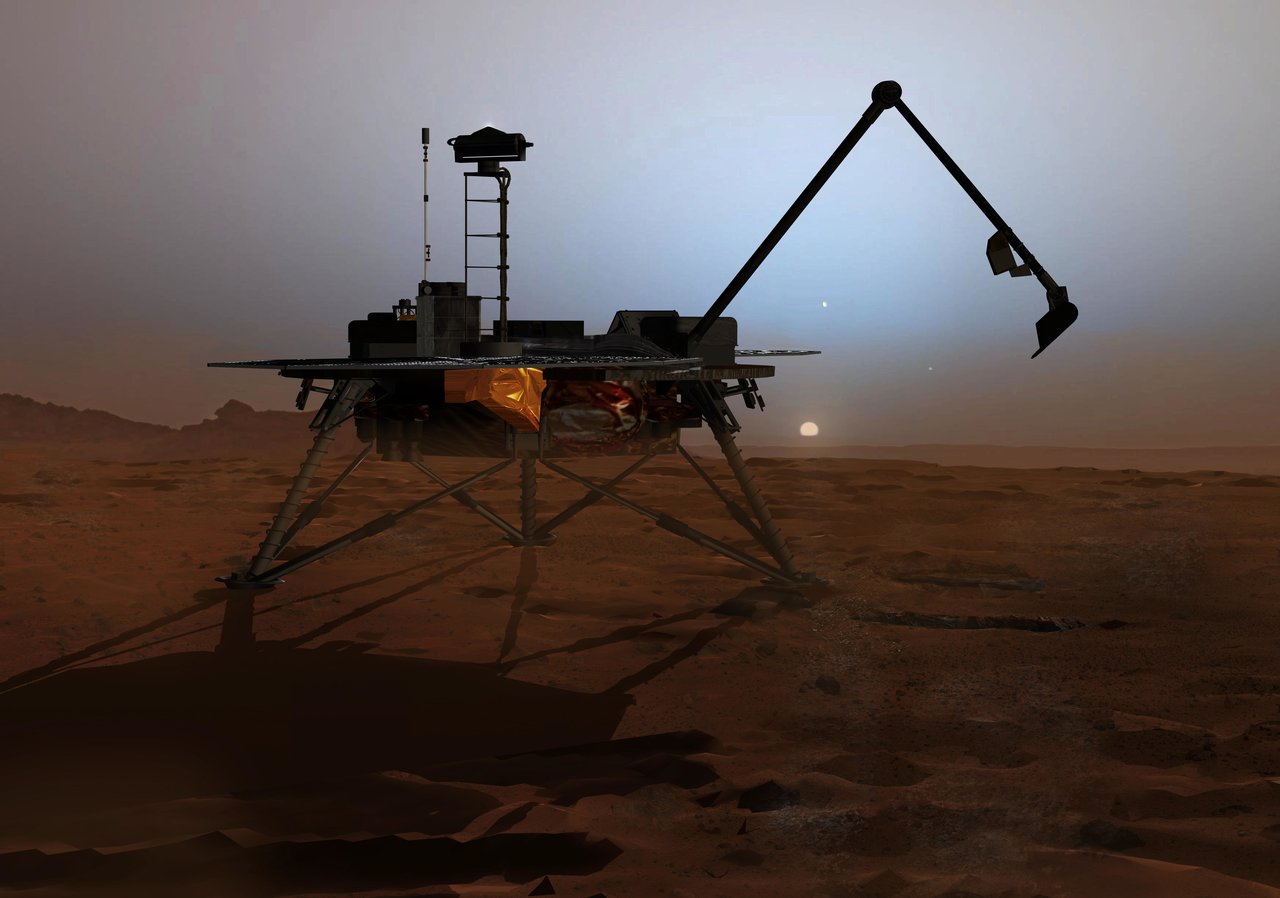
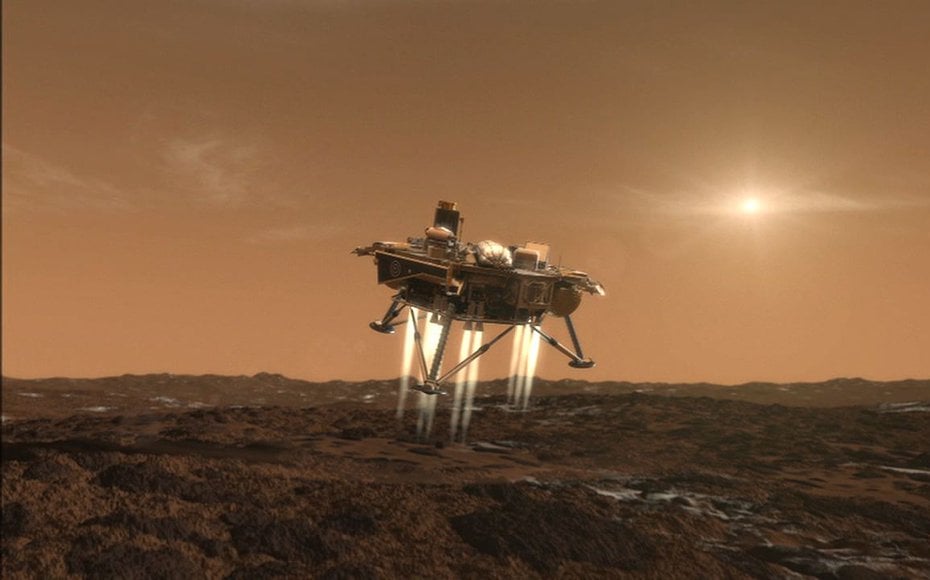
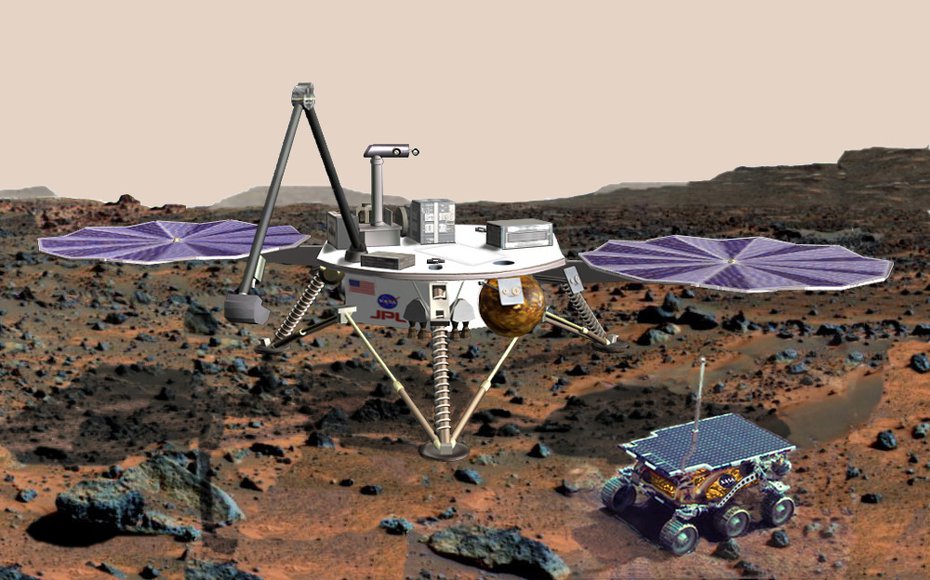
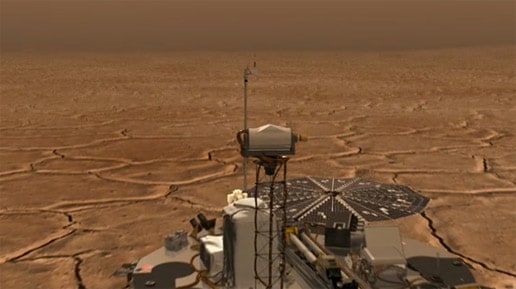
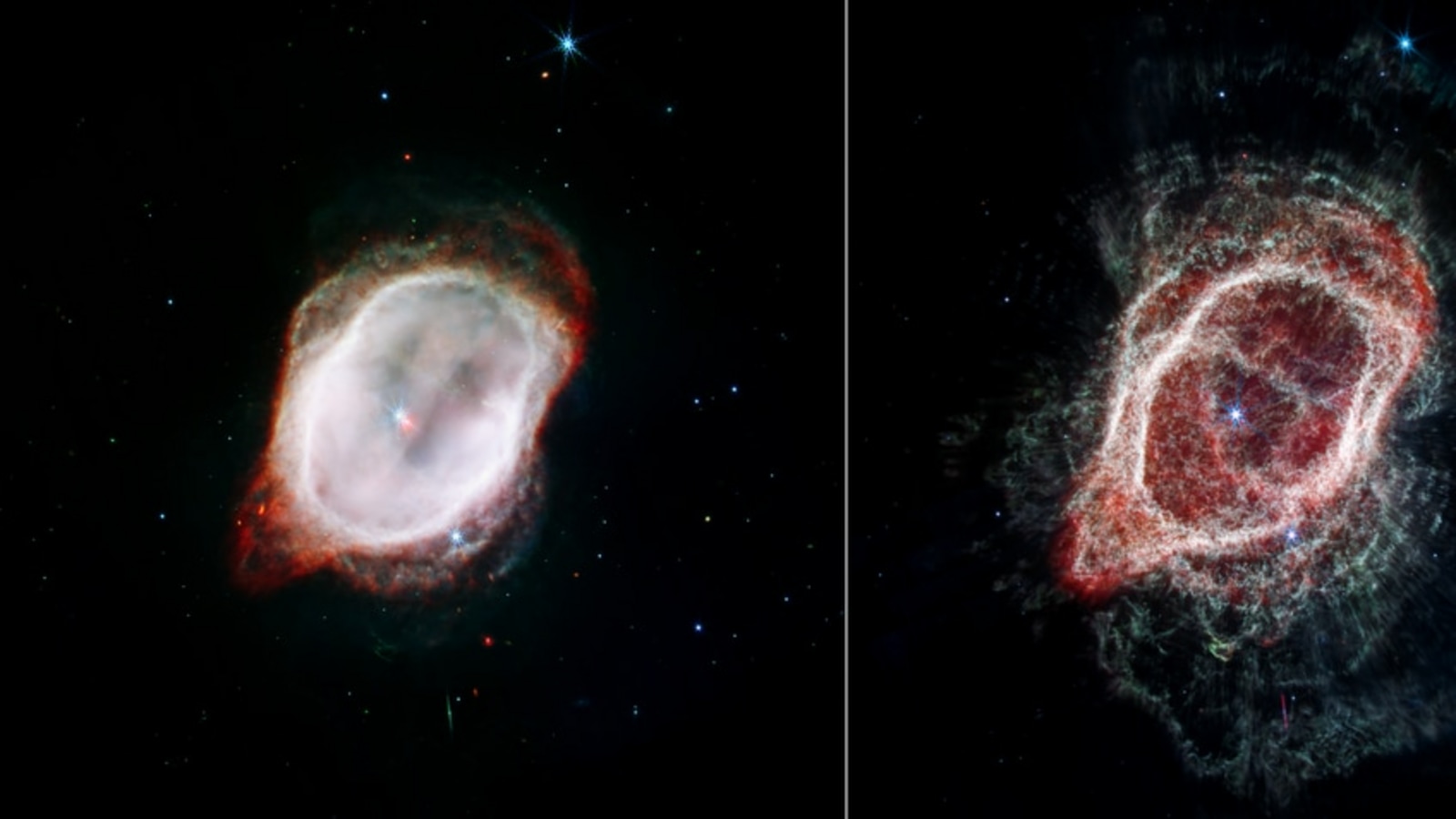
 View all Images
View all ImagesThe release of NASA's James Webb Space Telescope's images have provided a great chance for astronomers around the world to observe never-seen-before parts of deep space. And not just that, even what was visible before, became even more clear and this has sprung a surprise or two for astronomers. Aong the first images taken by Webb earlier this year was one of the Southern Ring Nebula. Now, researchers are analysing this data and have found evidence of an unknown star.
The Southern Ring Nebula, which is located around 2000 light-years from Earth in the constellation Vela, was earlier assumed to contain two stars. This nebula, also known as NGC 3132 had also been observed by the Hubble Space Telescope.
James Webb showed an even more complex view of the Southern Ring Nebula. It has two instruments, the Near Infrared Camera (NIRCam) which helps to observe warmer objects such as stars, and the Mid-Infrared Instrument (MIRI) which is aimed to spot dust in deep space. It was MIRI's observation which showed the first surprise- that the white dwarf was surprisingly red. Not only that, it also revealed that the stars were of almost same size- Hubble Telescope had shown one large and one small one. The larger was the star that was still alive while the smaller companion was the dead star, generally known as white dwarf. Its unexpected red colour indicated there was something else out there too.
NASA James Webb Telescope reveals hidden star
After this, astronomers immediately wondered where did this material come from. This only indicated the presence of another invisible star orbiting the white dwarf which resulted in the gigantic dust disk, Orsola De Marco, an astrophysicist at Macquarie University told Space.com. This suddenly transformed the binary system of stars into a 3-star system.
Catch all the Latest Tech News, Mobile News, Laptop News, Gaming news, Wearables News , How To News, also keep up with us on Whatsapp channel,Twitter, Facebook, Google News, and Instagram. For our latest videos, subscribe to our YouTube channel.





























